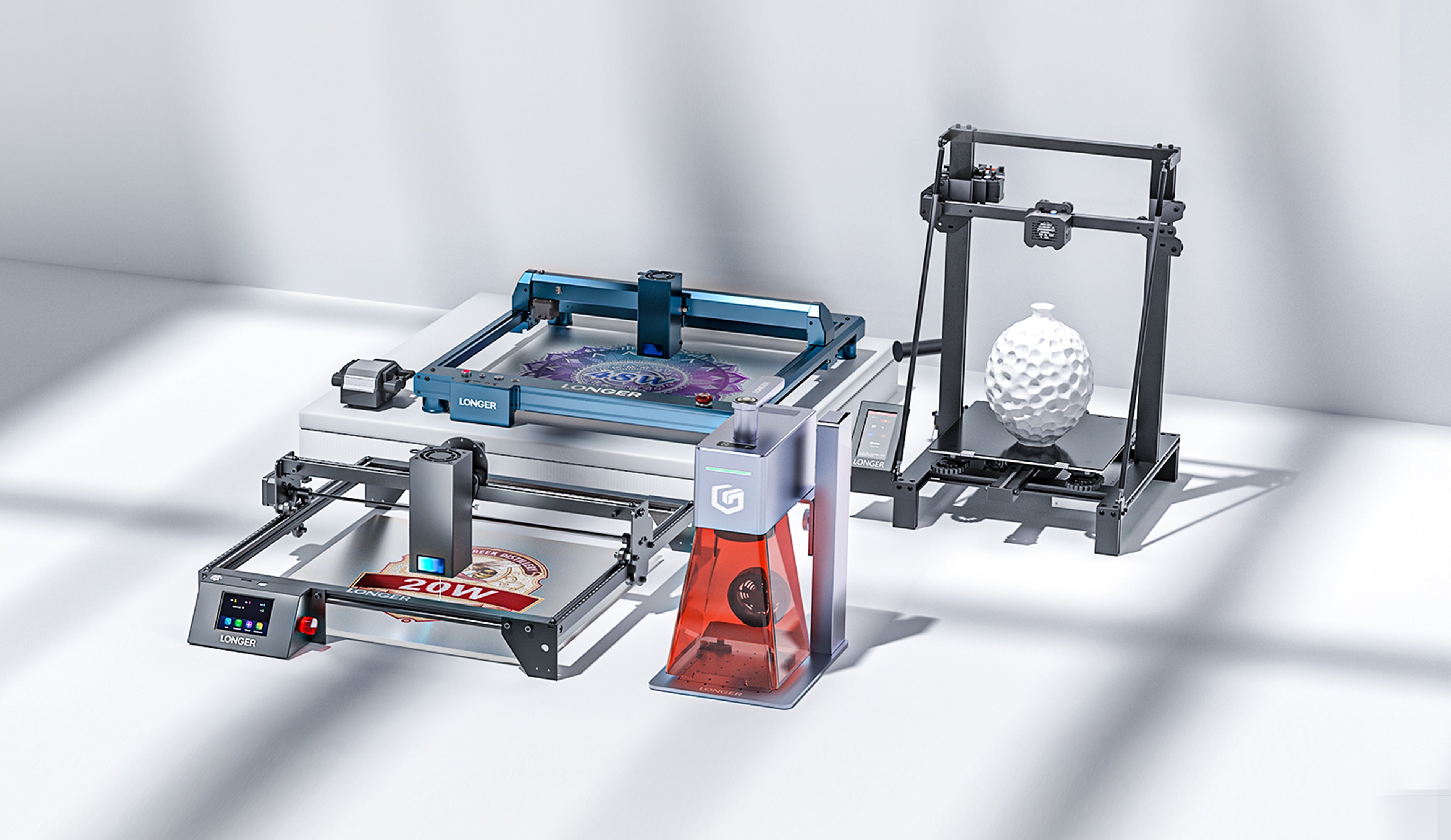Laser engraving has revolutionized the production of dental prosthetics, offering unparalleled precision and customization. The Ray5 10W laser engraver exemplifies this technological advancement, providing dental specialists with tools that enhance both the accuracy and efficiency of their work.
Introduction
One of the key advantages of the Ray5 10W laser engraver is its precision. With a laser spot size of 0.06x0.06mm and an optical output power of 10W, it allows for highly detailed engravings on dental prosthetics. This level of precision is crucial for creating complex designs on dentures and other prosthetics, ensuring that each piece meets the specific needs of the patient.
Customization is another significant benefit of using laser engraving in dentistry. The Ray5 10W's working area of 400x400mm (15.75x15.75 inches) and focal length of 50mm enable dental specialists to produce prosthetics of varying sizes and shapes. Personalized features, such as the patient's name or identification number, can be easily engraved, enhancing the identification and tracking of prosthetics.
The versatility of the Ray5 10W laser engraver is evident in its ability to work with a wide range of materials commonly used in dental prosthetics. Whether it's ceramics, zirconia, or acrylics, this machine can handle them all with ease. This adaptability ensures that dental professionals can meet diverse patient needs effectively.
Efficiency is another hallmark of the Ray5 10W. With a fastest working speed of 10000mm/min and a Z-axis height range of up to 47mm, it significantly reduces the time required to engrave dental prosthetics. This efficiency not only speeds up the production process but also allows for precise patient-specific details to be incorporated quickly.
The integration of advanced software with the Ray5 10W further enhances its utility in dental prosthetics. Compatible with LaserGRBL (free), LightBurn (paid), and MKS APP, this laser engraver allows for seamless transfer of digital designs to the machine. This minimizes errors and streamlines the customization process, ensuring that the final product is accurate and meets the highest standards.
Laser engraving can be applied to various materials used in dental prosthetics:
Metals: Commonly used metals in dentistry, such as titanium, cobalt-chromium, gold, and silver, can be engraved with intricate designs.
Ceramics: Materials like zirconia and lithium disilicate can be precisely engraved, allowing for detailed work on crowns, bridges, and veneers.
Acrylics: Engraving on acrylics used for dentures and temporary prosthetics ensures that identity numbers or brand names are clearly marked, improving tracking and personalization.
By leveraging the capabilities of the Ray5 10W laser engraver, dental professionals can achieve a higher level of detail and customization in their work, ultimately providing better outcomes for their patients.
In conclusion, the Ray5 10W laser engraver is a valuable asset for dental specialists. Its high accuracy, versatile material compatibility, efficient workflow, and advanced software integration make it an ideal tool for customizing dental prosthetics. The significant difference between owning a laser engraver like the Ray5 10W and not having one is evident in the enhanced precision, efficiency, and customization options it provides. Investing in such technology can greatly improve the quality and efficiency of dental prosthetic production, benefiting both practitioners and patients alike.




